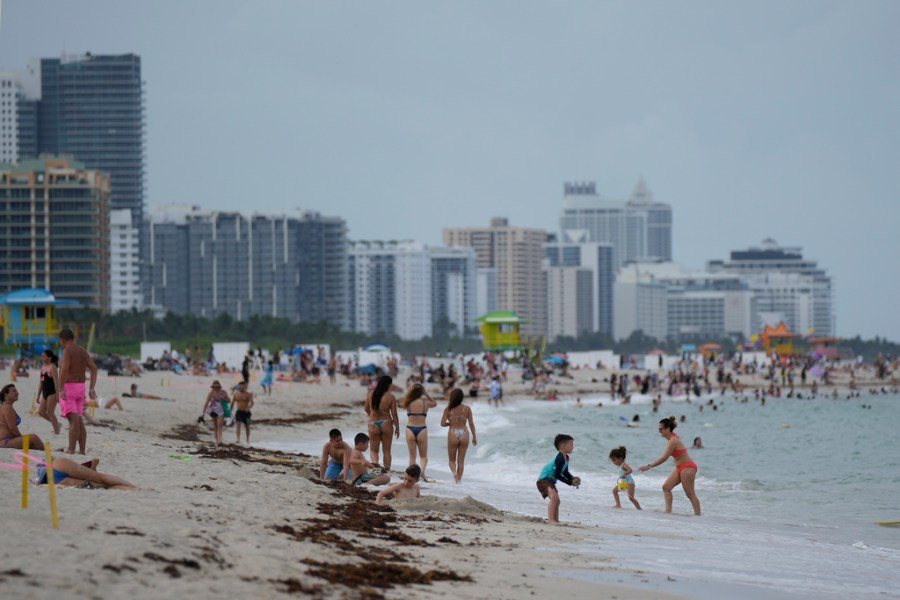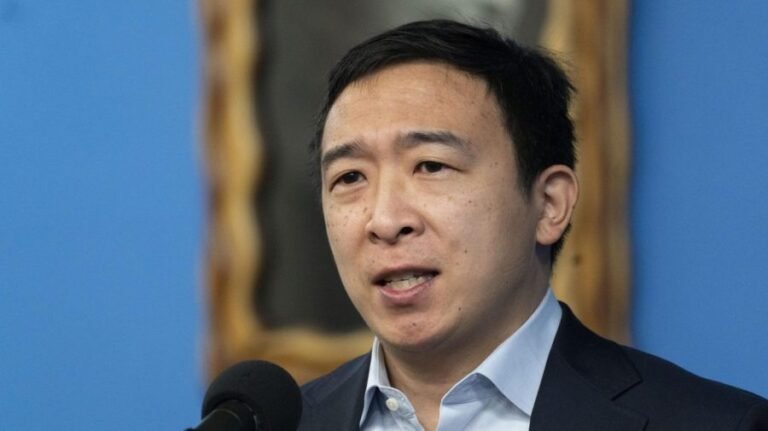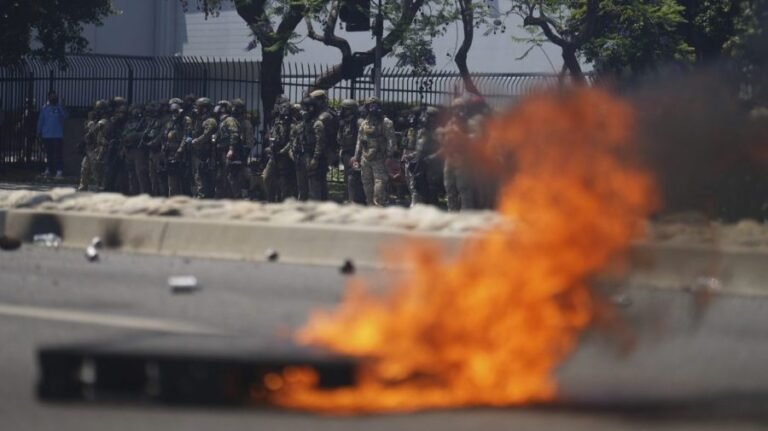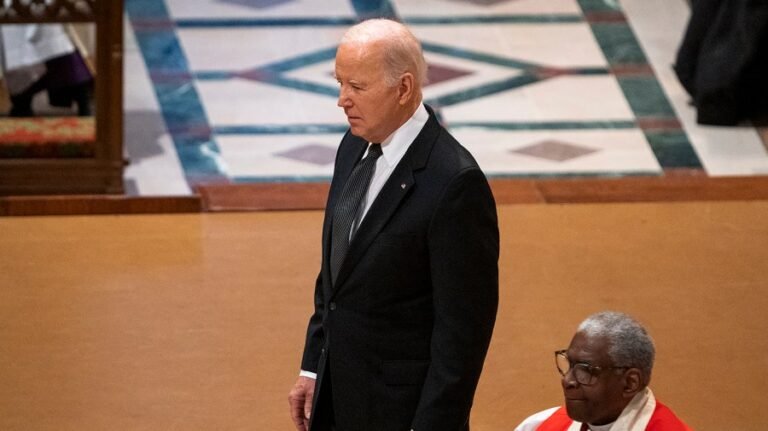
Democrats and Republicans don’t just disagree on policy — they increasingly diverge in how they live their daily lives. From the places they eat and the cars they drive to the television networks they watch and even the names they give their children, lifestyle choices are often split along partisan lines. These differences reflect a broader and more troubling trend: political polarization is shaping not just the outcomes of our elections, but the fabric of American culture.
With the unofficial start of summer upon us, it is worth asking: Has polarization also seeped into something as apolitical as summer vacation?
To find out, the Institute of Politics at the University of Maryland, Baltimore County, where we serve as director and associate director, surveyed 1,123 American adults in early May using the AmeriSpeak Panel.
For starters, partisans largely agree on a basic vacation question: how many consecutive days off work count as a “real” vacation? Nearly half (47 percent) say it takes six or more consecutive days off work. About a third say four to five days is enough, and 12 percent say even one to three days qualifies.
More than half of Americans (55 percent) plan to take a vacation this summer, defined in the survey as at least two nights away from home. There is a modest partisan gap: 61 percent of Republicans compared to 54 percent of Democrats say they plan to travel. But when it comes to how they plan to spend that time off, Democrats and Republicans are remarkably similar.
Equal shares of both groups are planning beach trips or road trips, the two most popular vacation types in our survey. Romantic getaways and family-friendly excursions show no meaningful partisan divide either. Of course, the survey doesn’t capture specific destinations — a beach vacation might mean Palm Beach for some, while Rehoboth is for others, i.e., same category, but they have very different vibes.
One area where political preferences do seem to matter is urban tourism. Democrats are more than twice as likely as Republicans to say they plan to visit a city and explore its attractions. Democrats are also slightly more likely than Republicans to choose vacations focused on outdoor recreation, like hiking or camping.
What about the 45 percent of Americans not planning a summer getaway? Democrats and Republicans give similar reasons: cost, work obligations, family responsibilities, or a preference for traveling at other times of year. One notable difference is that Democrats are twice as likely as Republicans to say they “don’t like to take vacations.”
Getting there matters, too, and most Americans feel safest behind the wheel. About 80 percent say they feel “mostly” or “completely” safe driving a personal vehicle, more than 20 points higher than the perceived safety of planes, trains or buses. There are no major partisan differences in how Americans view car, train or bus travel. But air travel tells a different story.
Fifty-seven percent of Americans say flying is mostly or completely safe. That includes 64 percent of Republicans and 55 percent of Democrats. This gap persists even after controlling for demographics (race, gender, income and education) and geographic region.
What explains the difference?
Americans tend to trust the government more when their own party controls the presidency. That dynamic appears to be at work here. Republicans express more confidence in the current administration and its Cabinet officials, whereas Democrats are more skeptical. That skepticism appears to extend to how safe it feels to board a plane.
To be sure, recent tragedies and problems, like the fatal mid-air collision near Reagan Washington National Airport and the ongoing air traffic control issues at Newark Liberty International Airport, further exacerbate the issue. The heavily partisan messaging among elites and Americans’ growing preference for media that reinforces their views rather than challenges them, over who is to blame for these problems, almost certainly contributes to the partisan divergence in safety perceptions.
We were curious to know whether polarization had turned summer vacation into another partisan affair. The good news is that, despite a few differences, Democrats and Republicans still have common ground on the seasonal respite from the pressures of work and life.
But the societal and political problems associated with lifestyle sorting are nonetheless persistent and very real. And when our political identities become indistinguishable from our lifestyle preferences, the opportunities for meaningful interaction across the aisle shrink. That deepens cultural and affective polarization, reinforcing the divide that defines American politics today.
And let’s face it: a partisan silo is a terrible vacation destination.
Mileah Kromer is an associate professor of political science at the University of Maryland, Baltimore County, and the director of the UMBC Institute of Politics, which conducts the UMBC Poll. She is the author of “Blue State Republican: How Larry Hogan Won Where Republicans Lose and Lessons for a Future GOP.” Ian Anson is an associate professor of political science at the University of Maryland, Baltimore County, and the associate director of the UMBC Institute of Politics. He is the author of “Following the Ticker: The Political Origins and Consequences of Stock Market Perceptions.”


